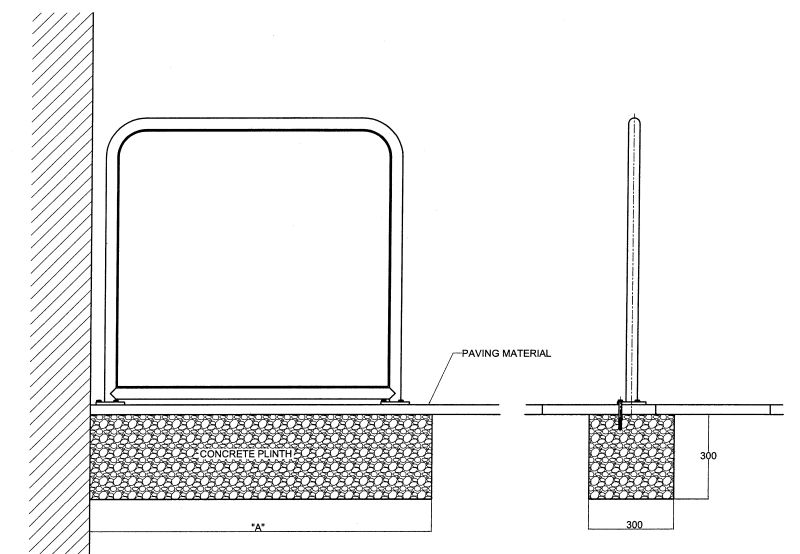Barriers are installed on automatic swing doors primarily for safety and regulatory compliance, to prevent people from entering the door’s swing path and getting hit by the moving door, especially in busy public areas. They also help to direct foot traffic, preventing crowding and damage to the door, and to meet the requirements of standards like BS EN 16005.
Why would you specify or retrospectively recommend the installation of Barriers?
- The activation sensors do not detect persons approaching from the side and the door does not open
- Persons can walk past into an opening door as it is not apparent the door will open outwards
- The distance between the open door and a side wall or structure creates a body trap
- If the door fails to open, what about a person approaching who has no idea it stops and impacts the door or who has to hesitate
- Persons can congregate in the area thus putting them at risk of impact or crushing
- There are items in the area attracting persons to where they could be at risk of impact or crushing even if the door opens at full speed
- There are devices to activate the door in this area such as access control readers, push pads, press to exit buttons, so operationally the door does not open fully or stops and putting people at risk in the area
- Protecting the Door, Barriers shield the door panels and mechanisms from impacts from trolleys, wheelchairs, preventing damage and costly repairs.
- To provide a location away from the sweep area of the door to mount security, access control or activation devices, such as push pads
Key Reasons for Installing Barriers
- Preventing Collisions: The main purpose is to stop pedestrians from walking into the door as it opens or closes. This is particularly important for people who may be unobservant or have mobility issues.
- Directing Foot Traffic: Barriers help organize pedestrian flow, ensuring people enter and exit through a clear, designated pathway, which reduces confusion and improves safety in high-traffic areas.
- Mitigating “Side Approach” Hazards: Barriers can prevent pedestrians approaching from an angle from walking into the door’s operating range.

Key Characteristics of Barriers
- Height: They are typically at least 900mm high to prevent children from climbing over them.
- Placement: They are installed at a 90-degree angle to the door’s plane, extending beyond the door’s edge.
- Gap Control: The design prevents a 100mm sphere from passing through the barrier to avoid smaller children crawling underneath.
- Regulatory Compliance: UK and European building regulations (like BS EN 16005) mandate barriers for doors that swing more than 100mm into an access route to ensure pedestrian safety.

Download Available: Everything you need to know about barriers for automatic swing doors

